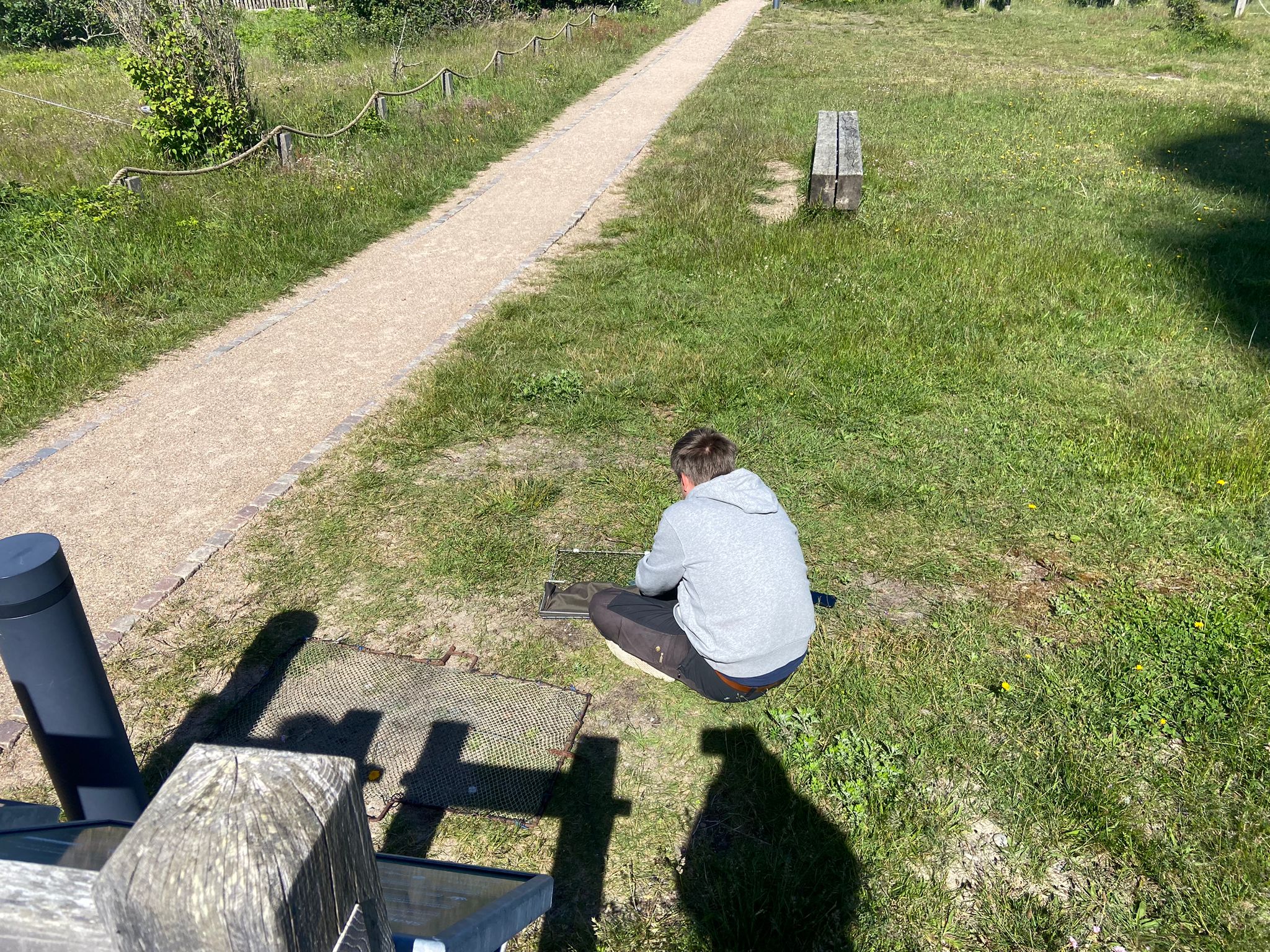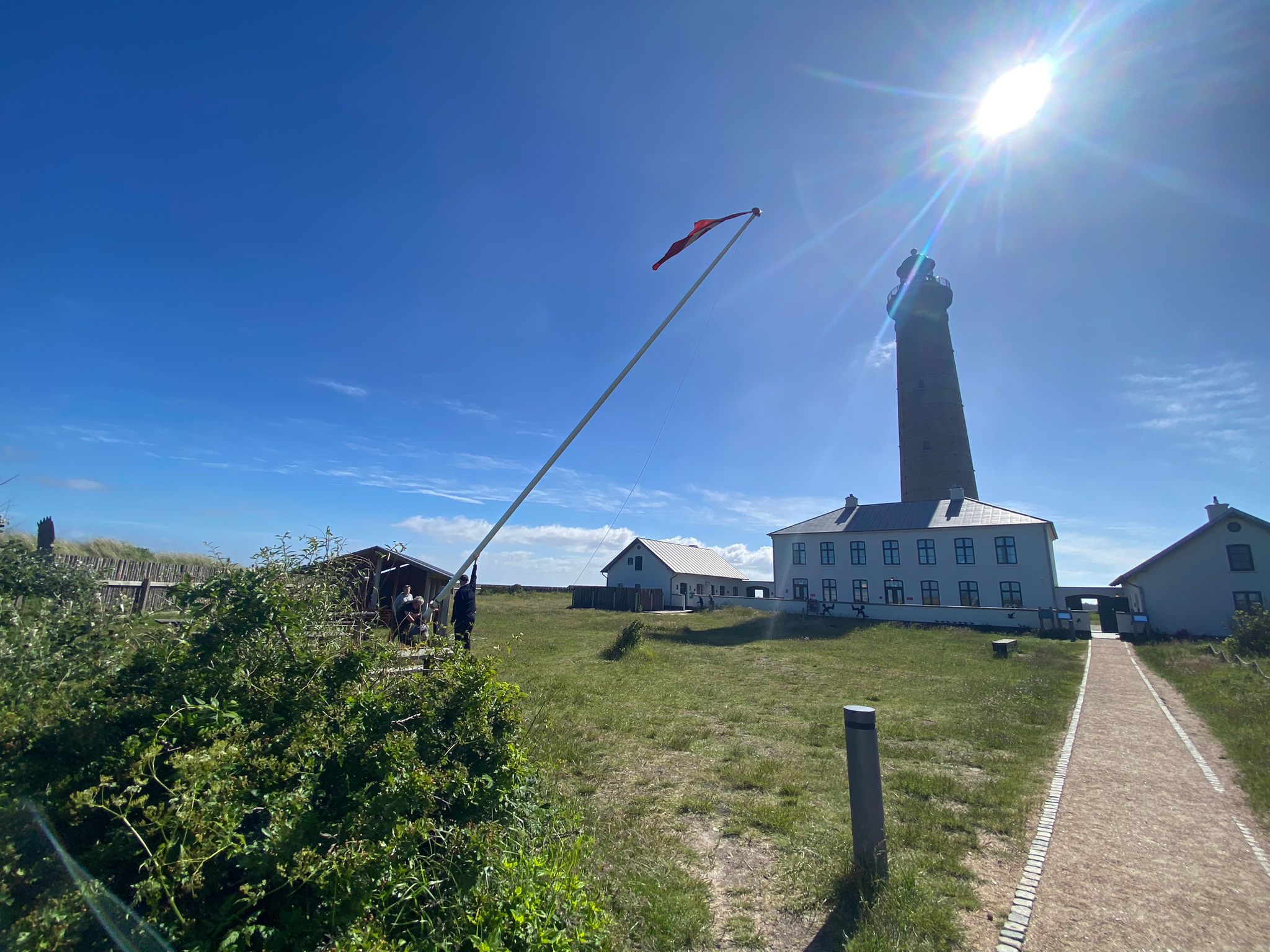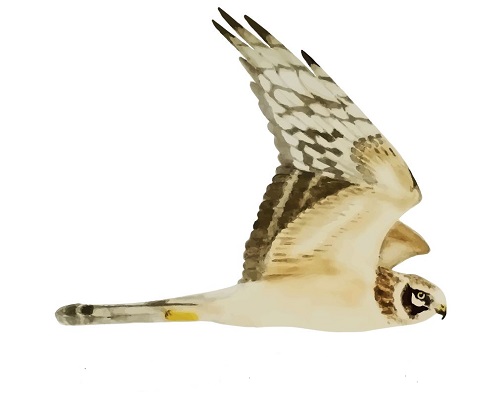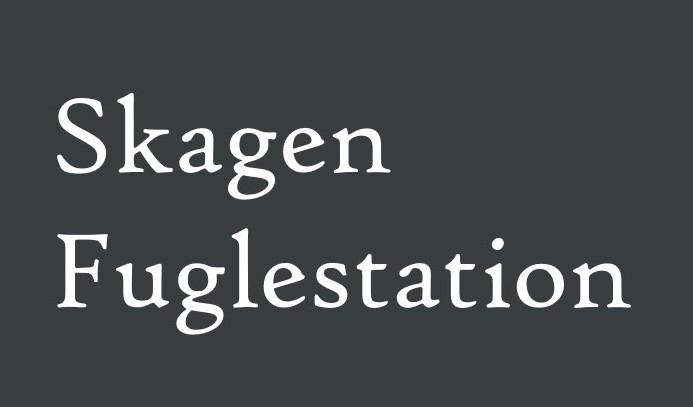Her på Skagen Fuglestations blog bringes korte nyheder i dagbogsformat om hændelser på fuglestationen.
A good June day
It was my task this morning to wake up in time for ringing and check the weather to see if it was feasible. It was not. Despite the forecast sayong otherwise, the wind was actually worse than yesterday's, so I did not wake the others up for ringing and instead I embarked outside to do the morning observations alone. Even though it was dry, the cold wind felt like it was cutting my skin as I arrived to Verdens Ende 1. I was also there alone at sunrise. For the first time since last autumn, I saw Grenen completely devoid of birders (except Rolf, after half an hour). As the first hour and a bit passed, I felt glad that I had not woken the others up because the weather was so windy and cold, and migration and species diversity was low. The hours passed by slowly, but the morning turned out to be one of the best seawatching days of the month. Within 16 minutes, three rare summer birds visited us at sea.
It began with a large diver that came from the Kattegat, an Islom (Great Northern Diver). This species, rare at all times of the year in Skagen, should have finished visiting for the spring in late May, so it was an exceptional and surprising species to find in the morning count today. Next, Rolf and I observed a small, heavy looking auk flying around in the Skagerrak. After a while we managed to solidly ID it as Lunde (Puffin)! I had predicted earlier in the morning that today would be the best day this summer to see one. This species is exceptionally rare in June in Skagen, and it's not seen annually in this month. A few minutes later came Almindelig Skråpe (Manx Shearwater), the third of the year in Skagen and unusually seen flying east towards the Kattegat instead of from it. This species is more often seen leaving the Kattegat after a storm rather than being blown into it as a vagrant, which is unique. Even though these species were rare to see in Skagen, I find it a little funny that are coloured 'green' on DOFbasen, and require some sort of description, because these are species that I often see in their hundreds to thousands near home in Ireland. Identifying them is like second nature to me, but here I have to explain the identification process. It's interesting for me to see how everyday birds at home come to be so intriguing at Skagen.
I came back to the station after only counting for three hours, since there would be rain in the fourth hour after sunrise and migration had dropped dramatically after we saw the cooler species of the day. Simon Kiesé was only very mildly jealous of the Lunde that I saw, but he was satisfied with having seen the species last autumn. Magnus on the other hand, looked a bit surprised that I had seen one, and sad that he did not get up in time for the morning observations so that he could see it, a lifer for him.
But after that, Simon and Magnus did not wait all that long for the wind to die a bit before going out for their own birding session in the slight hopes of seeing a Lunde. They were unsuccessful, but did get some nice wader species such as Dværgryle (Little Stint) and Islandsk Ryle (Red Knot) roosting on the beach. After their hour count, Magnus disappeared for a while to Troldkær to check up on the insect traps we put put on Friday.
While he did that, the other volunteers and Simon (Christiansen) checked out our new traps which could be used to catch various passerines during the breeding season, or more specifically, Snespurv (Snow Bunting) in the winter.

Simon observed playing with his new toys (not a toy).
A little after, we helped Jens Fick with the broken Danish flag that he could not take down because of a broken rope and tight knot. We had to lower down the entire pole in order to take the flag off and replace the rope which attached the flag.

The pole was eventually layed completely horizontal.
Simon, Isis, Søren and I then embarked on a side-quest to taste various Danish jams (on nice bread from the bakery), spondered by Søren. My view on Danish foods have once again been expanded, and I feel like Danish food has become an important part of my time here. A table with rankings can be found here for your knowledge:
| Jam | IK | SW | SK | SLN | Total Score | Average Rating |
| Jordbær-Rabarber | 8 | 9 | 8 | 2 | 27 | 6,75 |
| Fig Apple | 6 | 7 | 8 | 4 | 25 | 6,25 |
| Appelsin | 5 | 5 | 4 | 10 | 24 | 6 |
| Pear Vanilla | 4 | 6,5 | 6,5 | 4 | 21 | 5,25 |
| Aprikos | 7 | 5 | 4,5 | 3 | 19,5 | 4,88 |
| Cherry | 4 | 6 | 7 | 2 | 19 | 4,75 |
| Apple Ginger | 2 | 5 | 1 | 9 | 17 | 4,25 |
| Average rating | 5,14 | 6,21 | 5,57 | 4,86 | 21,79 | 5,45 |
A link to today's observations from volunteers and local observers.
Sum of observations of raptors on DOFbasen from today.
Seán Walsh, Isis Khalil, Magnus Houen Lauritsen, Simon Kiesé, Simon S. Christiansen, Karen-Marie and Søren Leth-Nissen,



